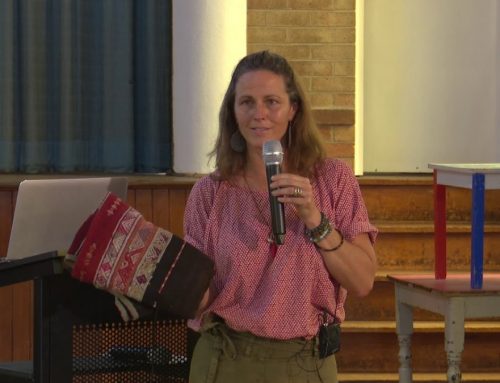A recent study of textiles in Peru discovered:
- Blue indigo dye commonly used in today’s jeans was used by pre-Hispanic communities in Peru around 6,000 years ago.
- Use of the complex technique involved in creating indigo dye predates its use by ancient Egyptians by about 1,500 years.
The finding, published in Science Advances, is based on the analysis of blue pigment in a 6,000-year-old piece of cotton fabric found at an archaeological site in Huaca Prieta, on the north coast of Peru. The source of the blue pigment was unknown until today’s study, which used highly sensitive equipment known as high-performance liquid chromatography to determine it was a plant-based form of indigo.
George Washington University archaeologist, Dr Jeffrey Splitstoser, who led the study, said dyeing with indigo was a biochemically complex process
. Dr Splitstoser said the study revealed ancient South Americans were not some backwards cultural vacuum, but were actively innovating along with the rest of the world
. This discovery demonstrates that their history deserves more attention,
he added. If not for pre-Hispanic farmers, we very well might not be wearing cotton as part of our everyday lives.
Unique nature of Huaca Prieta site protected relics
Huaca Prieta was a prehistoric ceremonial mound first excavated in the 1940s and is famous for producing the oldest-known cotton fabrics decorated with recognisable art in the Americas. Previous research on the fabrics from this site had dated the material at 6,000 years old, but the source of the blue pigment that had survived on the fabric was unknown.
Dr Splitstoser said it was unusual to find material so well preserved. However a combination of the dryness of the region and the construction of the site, which was almost concrete-like, had protected the relics from moisture and oxygen. He said his colleagues had analysed eight samples of fabric from the site and found indigo in five of them. Dr Splitstoser also said the lack of indigo components in three of the samples might be due to age, where the indigo either washed out over time or was degraded. We don’t understand how stable indigo is over long periods of time,
he said.
Source: Indigo Dye Discovered in 6,000-Year-Old Textiles From Peru — ABC News


